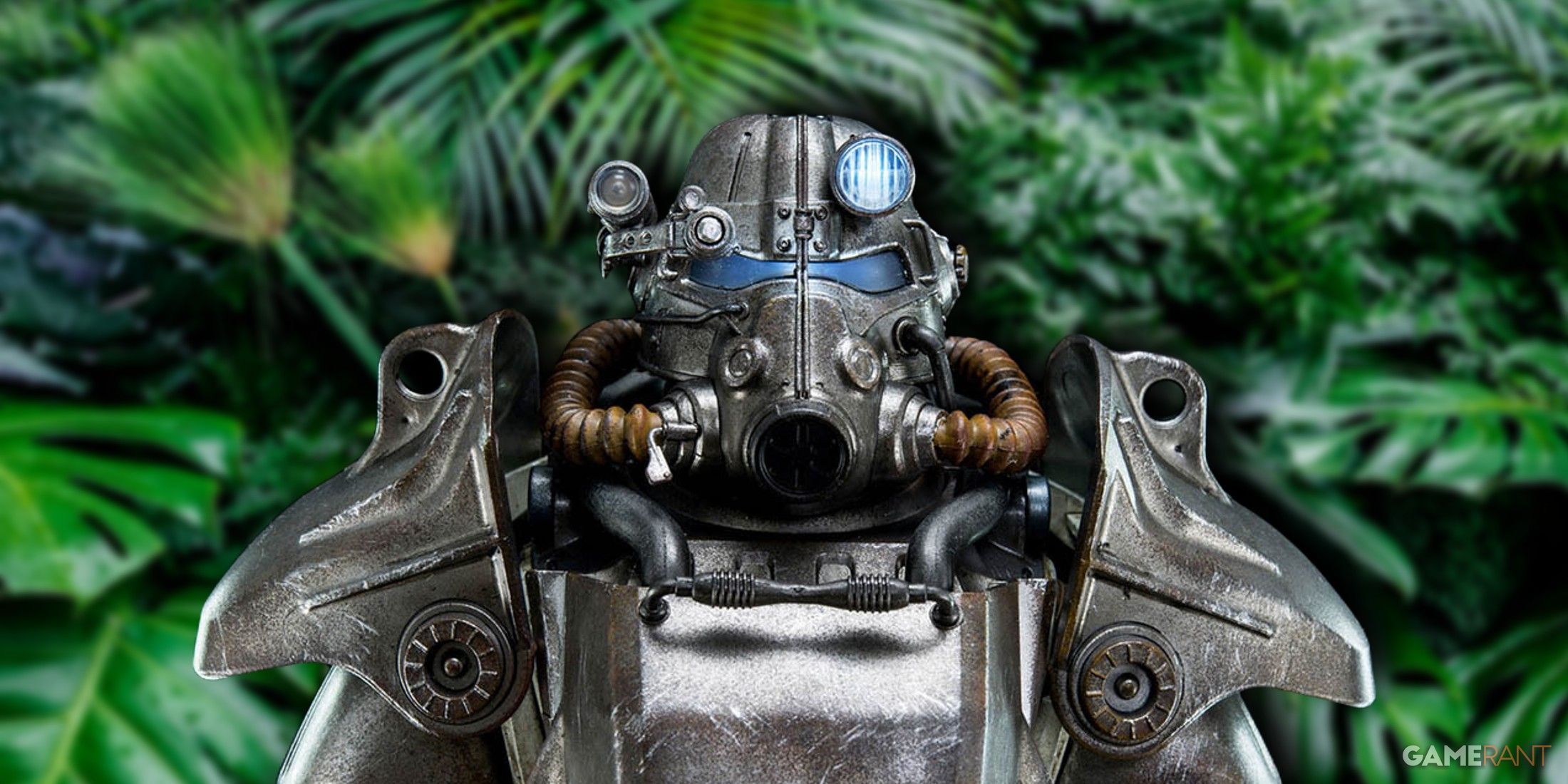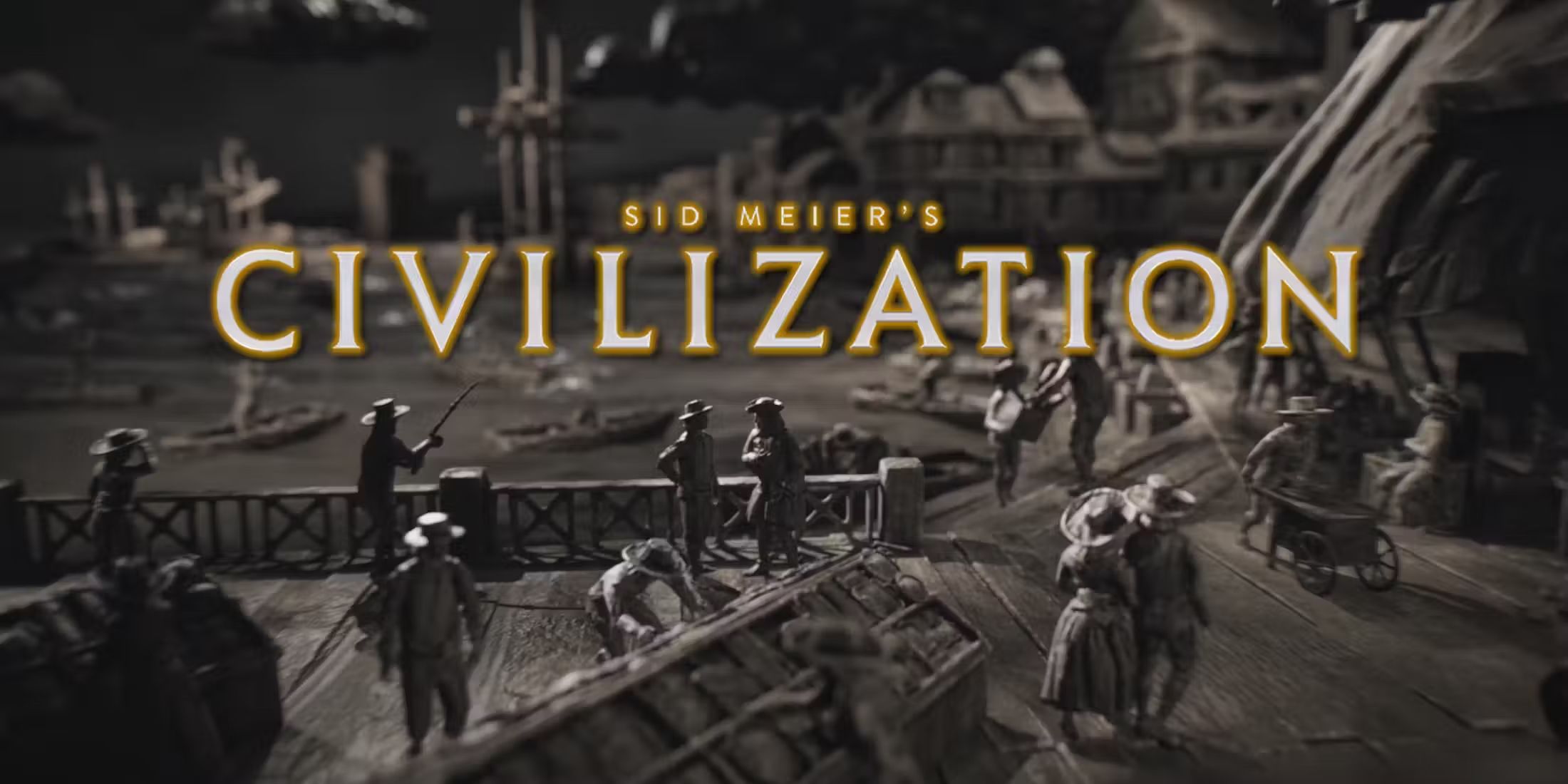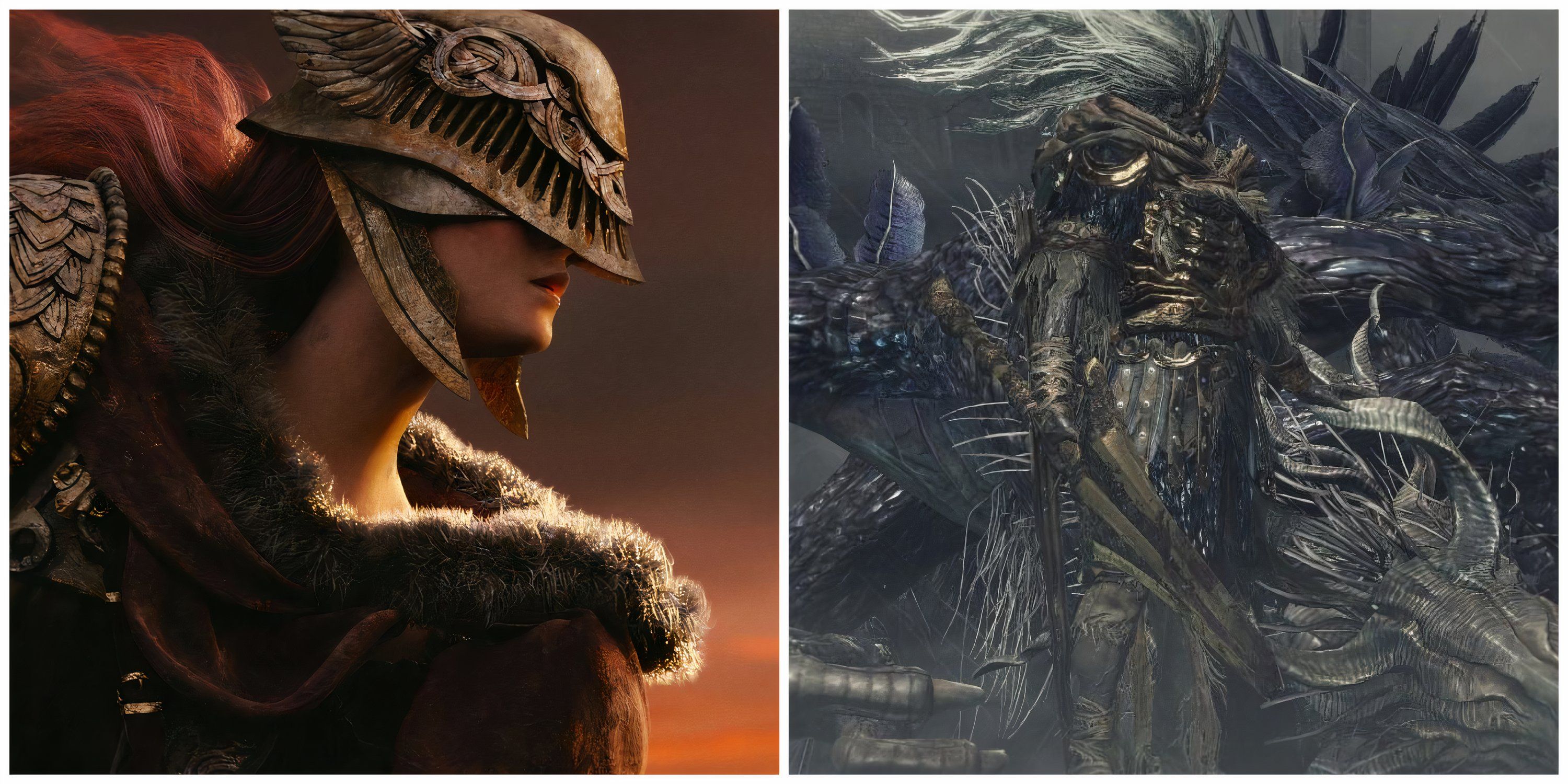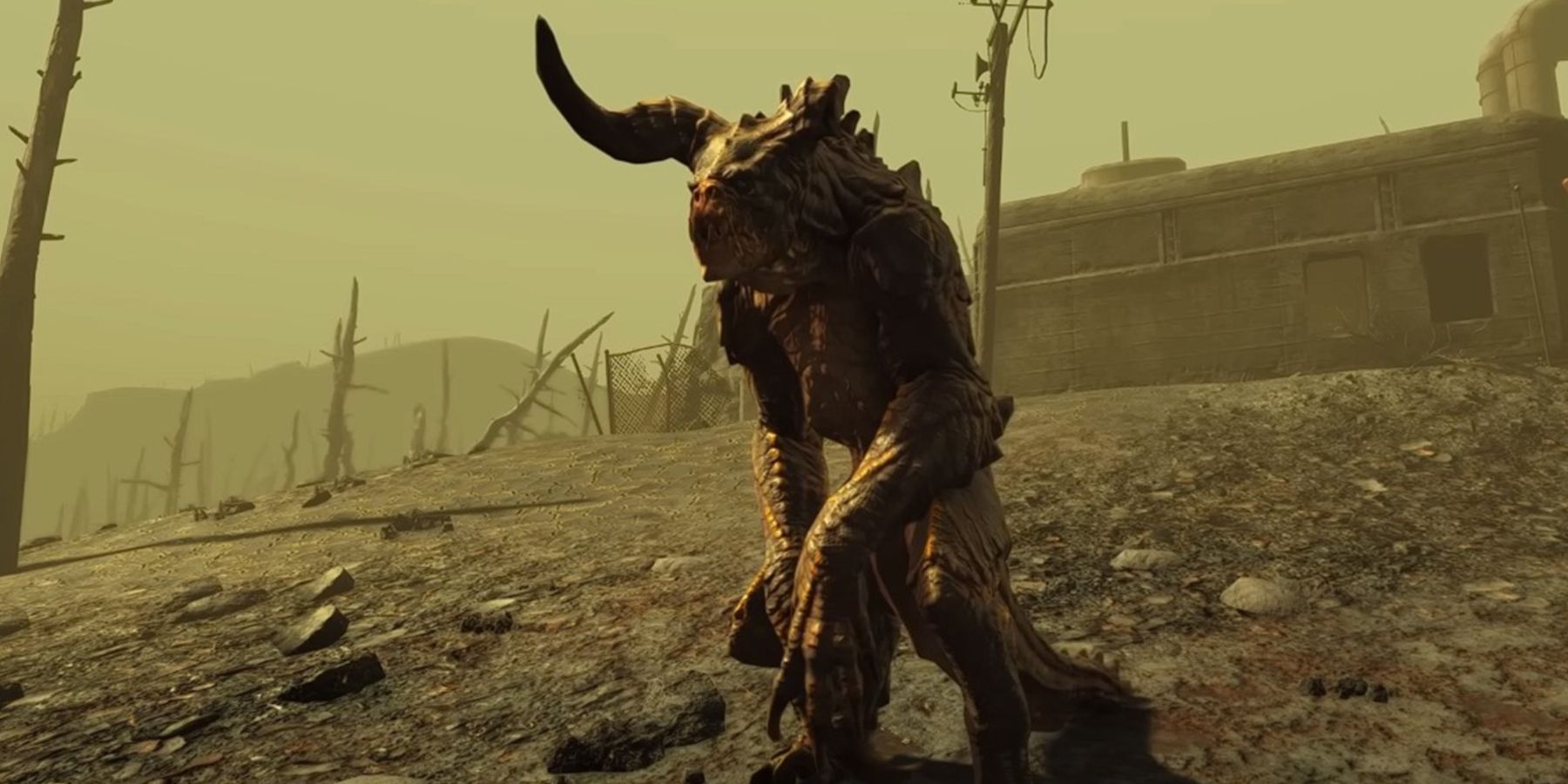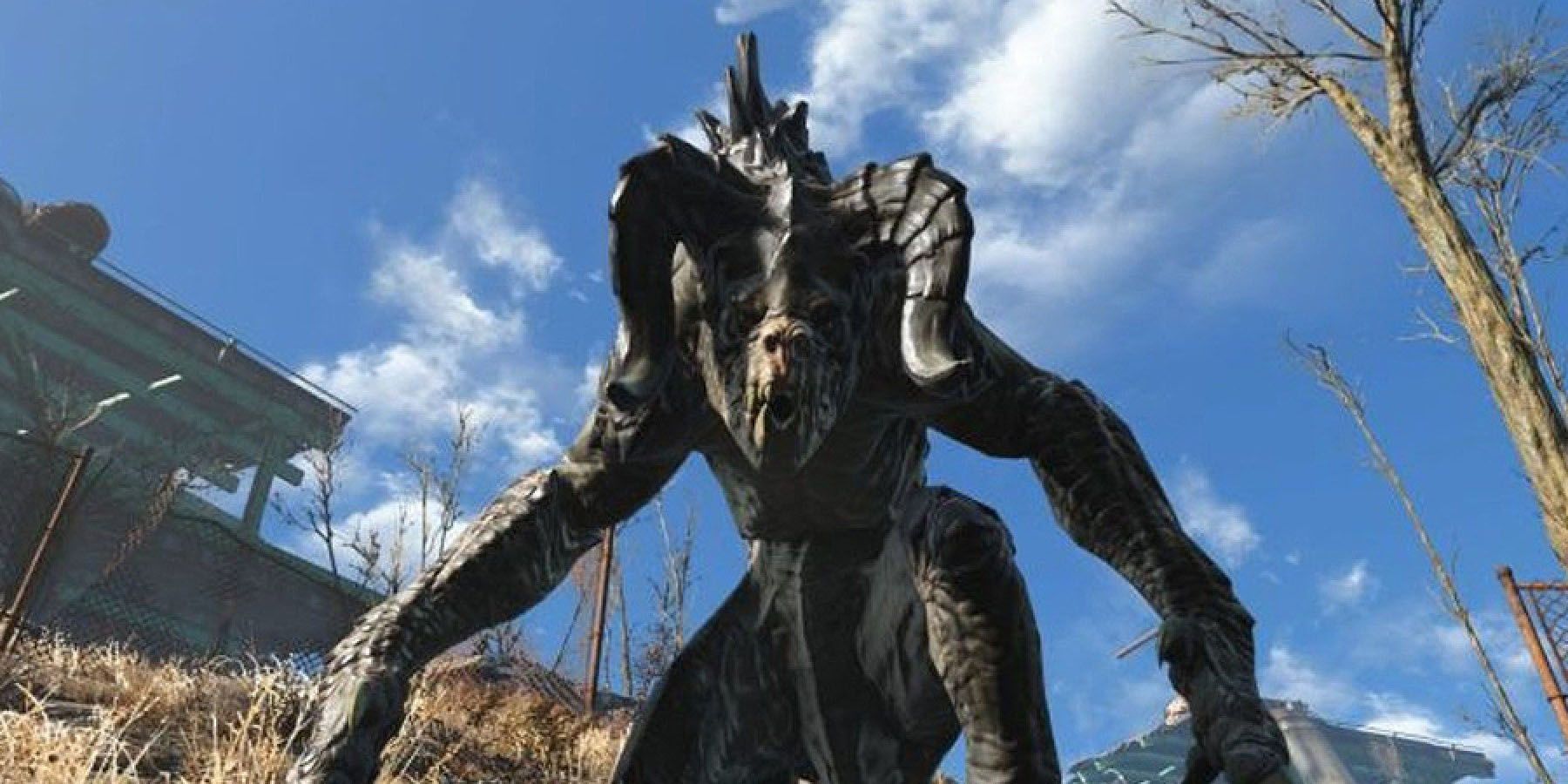Highlights
- Deathclaws in the Fallout franchise have undergone significant changes throughout the games, with some variations being the result of experimentation or evolution.
- The original Fallout set a high standard for deathclaws, making them deadly creatures that were considered a myth by many characters in the game.
- While deathclaws continue to be a force to be reckoned with in the Fallout franchise, their population seems to be declining, but future titles could potentially bring them back in a big way.
Deathclaws are simultaneously one of Fallout’s best mysteries and one of its deadliest creatures. The Fallout franchise has made significant changes to these iconic creatures throughout the games, with some developments having a lasting impression and severe implications.
Even though the original Fallout isn’t the first game in the timeline of the Fallout franchise, the progression of deathclaws in the franchise generally follows the games in release order. Despite still retaining their devastating potential, these creatures are seemingly in decline in the Fallout franchise, although future titles could change that.
The History of Deathclaws in the Fallout Franchise
The original Fallout set an extremely high bar for deathclaws in the franchise, making them giant, extremely deadly creatures that hunt in packs and are pure nightmare fuel. Many characters in the original Fallout consider deathclaws a myth, as those who have actually encountered these creatures rarely live to tell the tale.
By the time the events of Fallout 2 take place, the Enclave faction from the Fallout games has gotten their hands on Deathclaws and begun experimenting on them. It is even said that the Enclave is responsible for the initial creation of deathclaws in the Fallout franchise. Most deathclaws haven’t changed much since the previous game except for those that were experimented on. Deathclaws were already a powerful physical force, but now equipped with intelligence from the Enclave’s experimentation, they have adopted speech and cunning to their skill sets.
The deathclaws from Fallout Tactics are essentially still the same apex predator known throughout the franchise, though this game drastically changes the appearance of the creature, almost beyond recognition. The deathclaws in this game are hairy and look much more humanoid in proportions, also some of these creatures even developed the ability to speak among humans naturally. It is unclear whether the features of Fallout Tactics’ deathclaws are the result of scientific experimentation or evolution influenced by the game’s unique Midwest setting.
Fallout Brotherhood of Steel changed deathclaws in many ways through deliberate experimentation, although it’s worth noting that this game isn’t considered canon in the Fallout franchise, and its deathclaws eventually get wiped out anyway. The deathclaws from this game are exclusive to a secret Vault-Tec vault where the FEV has created deathclaws that are twice as large, have gorilla-like posture, and are blind, though their horned-reptilian appearance from their Jackson’s Chameleon DNA is still retained.
Fallout 3 continues the original appearance and features of deathclaws from Fallout 1 and Fallout 2. Taking place in Washington, D.C., far away from the West Coast, there aren’t any natural varieties of deathclaws in Fallout 3 besides standard adults. The Enclave’s experimentation on deathclaws persists as portable domestication units instead of genetic engineering, except the involved deathclaws come to a tragic end. It’s believed that all the intelligent and domesticated deathclaws produced by the Enclave have been exterminated by the hand of the Brotherhood of Steel, and only wild deathclaws remain in the Fallout franchise for the time being.
Taking place much closer to the home of the older games, the deathclaws in Fallout: New Vegas return to their roots from the original Fallout game as wild, matriarchal pack animals. Fallout: New Vegas has the most variety of deathclaws variety of any Fallout game so far, but deathclaws are otherwise unaltered for this entry in the franchise.
While there are also many varieties of deathclaws in Fallout 4, it seems as though their population is declining since they are no longer pack animals. However, the minimal presence of deathclaws in Fallout 4’s Commonwealth wasteland can also be explained by its distance from the West Coast, which is where deathclaws are widely believed to originate. Fallout 76’s deathclaws are essentially the same as those from Fallout 4 and continue to be extremely sparse, making a case for a comeback in the next Fallout game.

